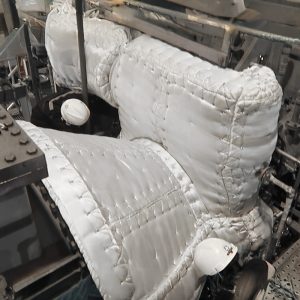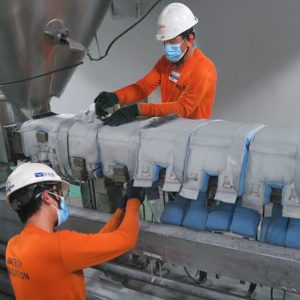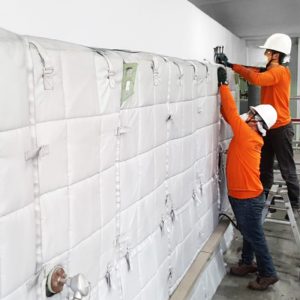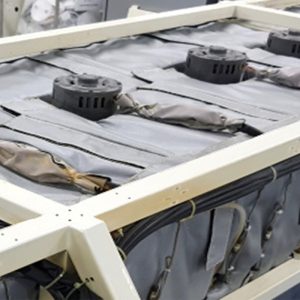
Turbines are crucial equipment in the power generation industry. However, turbine operation generates high heat, which can be dangerous to operators and surrounding equipment. Therefore, the use of thermal insulation is essential for safety and operational efficiency.

Environment:Plastic extrusion machines use electric power, causing heaters to reach temperatures of about 190-230°C
Machines are located in a room with an area of approximately 200 sq.m.
Room temperature exceeds 39°C

An automotive parts manufacturing plant faced the following issues:
A large oven (50 meters long) was causing heat radiation in the production area
Employees in nearby departments were affected by the heat
Monthly electricity bills were very high due to heat loss from the oven surface

An electronic component manufacturing plant faced the following issues:
Room temperature exceeded the standard set for air-conditioned rooms in the factory
Air conditioning units were working hard but couldn't efficiently reduce room temperature
Employees felt uncomfortable
High electricity costs led to increased production costs